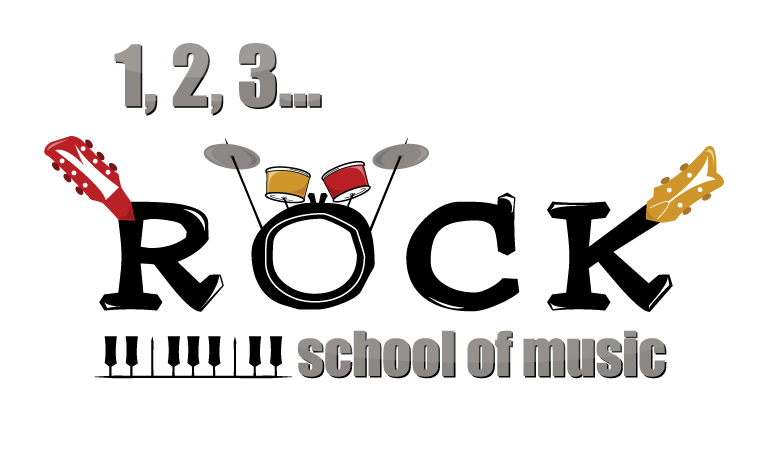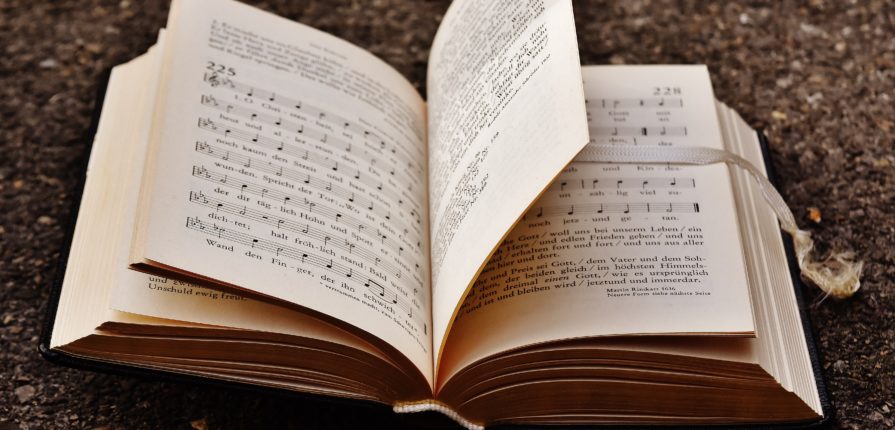Chances are that you have the impression that learning to read music is an arduous process that can take years. Well, we have some good news for you: it isn’t!
May 8th, 2019
Here’s the deal…if you approach it in the right way, using clever strategies and keeping the process fun, you can be reading music inside of a week. That being said, we wanted to share with you a list of tips posted by our friends at Musical U to get you started.
1. Use the Buddy System
One of the best things about learning together is that you’ll have someone to hold you accountable – it’s harder to skip your scheduled practice when your Study Buddy texts you and says “see you in a few”!
Now that you’ve got your Study Buddy lined up and ready to go, there are lots of games you can learn to read music together.
Here’s what you’ll need:
- A set of Flash Cards to identify all the notes.
- A “Notation To Instrument” chart for your particular instrument.
Click here to download the materials.
2. Sight read – but not with nursery rhymes
It is an unfortunate fact that many books that teach you to read music use the dullest melodies imaginable.
You’ll have a lot more fun and therefore learn faster if you use more exciting material, so we’ve compiled a collection of some songs you’ll enjoy playing.
Try to guess them just by playing first, and then if you get stuck, look at the answers on page two. And as you pick through them, remember to be patient with yourself! Learning to read music is like learning another language, and you can’t expect yourself to be spouting eloquent phrases right off the bat.
3. Get involved in “jamming” styles of music
Traditional sight reading education has a penchant for classical music. To be clear, we have a great deal of respect for classical melodies and they can be quite rewarding to learn to play.
The drawback is that you won’t find a lot of jam sessions playing Bach or Mozart. The good news is, there are styles of music that feature lots of written melody that aren’t classical music, and one of the most popular is Irish music.
4. Composition as a sight reading tool
The sort of composing we’re wanting you to try is more like a musical game, where you’ll come up with combinations of notes and then use these “compositions” to help you with your sight-reading. It’s easy and fun, and you guessed it: we’ll be using our music cards!
This exercise is quite straightforward. Just shuffle your music cards, and then lay a number of them in a row, music side up. Put some longer spaces between them at random intervals (these will be where you pause, or “rest”), pick up your instrument of choice, and experience your masterpiece!B
This article is a re-post, with small modifications, of “4 Tips for Learning to Read Music – the Fun Way” an article published on Musical-u.com
Click here to visit the original content.


